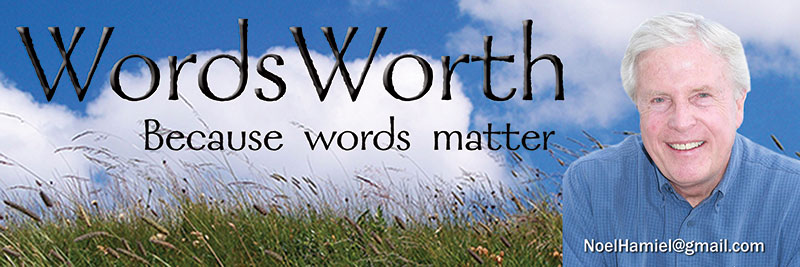Newspapers: “I typically wake up at 5:30 and that’s my time. I read newspapers, have coffee” – Ivanka Trump
On a road trip last week to the Gettysburg Battlefield in Pennsylvania, I purchased a copy of the Pittsburgh Post-Gazette.
Picking up daily and weekly newspapers on my travels has been a lifelong habit, and what struck me about the Pittsburgh newspaper was the claim immediately under the nameplate. It read: “One of America’s Great Newspapers.”
Wow, I thought, quite a claim, and so – this being Newspaper Week – I carved out time to carefully read the Post-Gazette and see if it measured up to its boast.
My conclusion, based on one edition, is that it is a good newspaper. It was well written and edited. More important, it contained a sizeable amount of local and state news, generated by staff writers. Even more important, the stories were balanced and fair.
Newspapers and the media in general have been under attack more than ever, particularly by President Trump, who has called the mainstream media the enemy of the people. I respectfully disagree with the president, but at the same time recognize that examples abound of unfair and slanted reporting. I am keeping a list, and one of these days I’ll share my notes. However, slanted news reports aren’t new. If you examine the popular press during the colonial period, you’ll find some of the most biased, unfair and libelous stories ever printed.
Two points need to be made during Newspaper Week. First, weekly newspapers and smaller dailies continue to play critical roles in their communities. When the president condemns “fake news” he is not referring to the backbone of news coverage in states like South Dakota. He is fighting with The New York Times, The Washington Post, NBC, CNN and National Public Radio, in some respects. He isn’t reading the Grant County Review, the Clear Lake Courier, the Lyman County Herald or countless other newspapers. If he were, he’d have a different opinion about the “media,” though his view of some of the national outlets likely wouldn’t change.
The second important point is that community news is critical to the fabric of our towns and cities. When you open up your local newspaper in South Dakota, you’ll find news about clubs and organizations, politics, deaths, government, sports, and much more. This is news and information you can’t find on the Internet, for the most part.
News organizations in this state generally are doing the best they can. Thank goodness we have responsible newspapers and other media in South Dakota. They are essential not only to good government, but to our sense of community.
Oct. 10, 2018.
